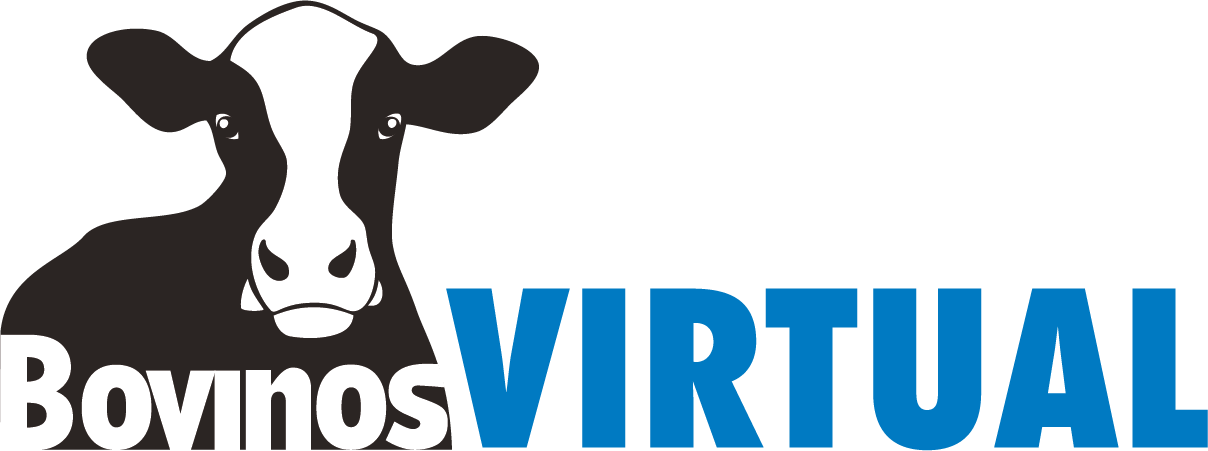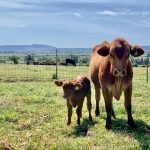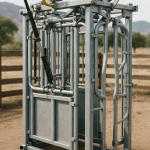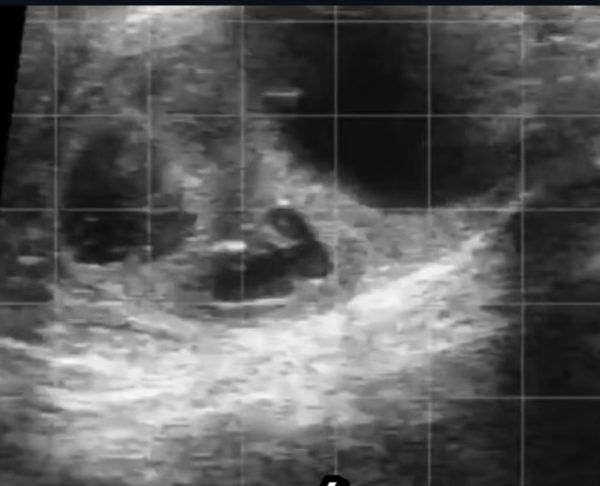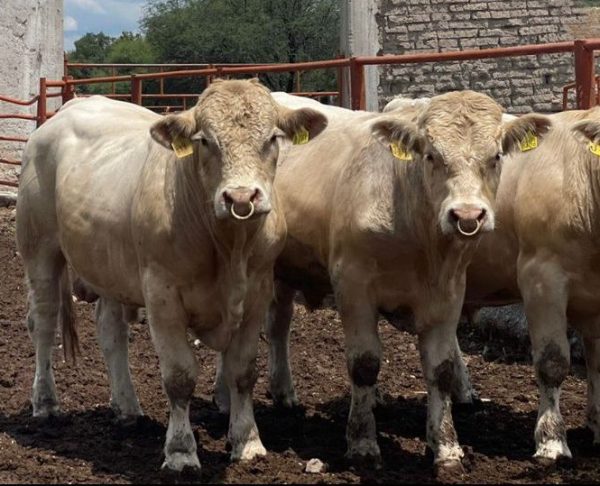Abortion in cattle is a significant issue in livestock production, with considerable economic and reproductive impacts. Various factors can trigger pregnancy loss, including infectious agents, nutritional deficiencies, inadequate management, and adverse environmental conditions (Peter, 2013). Among these, nutrition plays a fundamental role in preventing abortions and ensuring fetal viability. This article explores the main causes of abortion and how a balanced diet can help reduce this issue.
Main Causes of Abortion in Cattle
Abortions can be classified into infectious and non-infectious causes:
1. Infectious Causes
Infectious diseases are among the leading causes of abortions in cattle and are often associated with pathogens that affect the placenta and fetus (Grooms, 2006). Some of the most relevant agents include:
- Bovine Brucellosis (Brucella abortus): A zoonotic disease that causes abortions in the last third of pregnancy. It is mainly transmitted through contaminated reproductive secretions (Poester et al., 2013).
- Leptospirosis (Leptospira spp.): Causes abortions at any stage of pregnancy and spreads through water and soil contaminated with infected urine (Ellis, 2015).
- Neosporosis (Neospora caninum): A protozoan transmitted by dogs that infects cattle placentas, causing recurrent abortions, usually in the second trimester of pregnancy (Dubey et al., 2007).
- Bovine Viral Diarrhea (BVD) and Infectious Bovine Rhinotracheitis (IBR): Viruses that affect the placenta, leading to early embryonic loss, late-term abortions, or weak newborns (Grooms, 2006).
2. Non-Infectious Causes
- Nutritional deficiencies: Poor nutrition compromises embryo viability and pregnancy maintenance (Diskin & Morris, 2008).
- Heat stress: Prolonged exposure to high temperatures reduces progesterone levels, affecting embryo retention (Hansen, 2007).
- Toxins and abortifacient plants: Consuming contaminated forages with mycotoxins, such as Claviceps purpurea (ergotism), is linked to cattle abortions (Richard, 2007).
The Role of Nutrition in Abortion Prevention
Proper nutrition during pregnancy is crucial for fetal development, placental integrity, and abortion prevention. A well-balanced intake of energy, proteins, minerals, and vitamins is essential for a successful pregnancy.
1. Energy and Protein: A Necessary Balance
Energy deficiency reduces progesterone synthesis, a key hormone for pregnancy maintenance. Studies have shown that cows with an energy deficit in the first 30 days post-insemination have a higher risk of embryonic loss (Butler, 2000). Conversely, excessive energy intake can lead to fat accumulation in the liver, impairing liver function and hormone production (Drackley, 1999).
Regarding protein, inadequate levels can compromise the synthesis of placental growth factors, affecting fetal viability (Green et al., 2012).
2. Essential Minerals
Minerals play key roles in bovine reproduction:
- Calcium (Ca) and Phosphorus (P): Essential for fetal bone development and uterine muscle contractions during labor (Roche et al., 2013).
- Magnesium (Mg): Its deficiency can induce metabolic stress and increase abortion incidence (Suttle, 2010).
- Copper (Cu), Zinc (Zn), and Selenium (Se): Strengthen the immune system and protect against infection-induced abortions (Harrison et al., 1984).
- Iodine (I): Essential for fetal thyroid function, preventing weak births or abortions (Hostetler et al., 2003).
3. Vitamins: Fetal Viability Regulators
Vitamins play a crucial role in reproduction:
- Vitamin A: Contributes to embryonic and placental development (Pate, 2004).
- Vitamin E and Selenium: Reduce oxidative stress and protect against bacterial infection-related abortions (Weiss et al., 2002).
- Vitamin D: Essential for calcium metabolism, reducing the risk of dystocia and late-term abortions (Littledike & Goff, 1987).
4. Nutritional Management in Pregnant Cows
- Avoid sudden dietary changes, especially in the last third of pregnancy.
- Ensure access to high-quality forages, avoiding contaminants like mycotoxins and fungi.
- Use strategic supplementation during critical periods, such as forage shortages in winter or droughts.
- Guarantee access to clean, uncontaminated water, as dehydration can induce fetal stress.
Reproductive Management and Abortion Prevention
Besides nutrition, implementing appropriate reproductive strategies is essential for preventing abortions:
- Bull selection and evaluation: Bulls with poor semen quality can increase early embryonic mortality rates (Kastelic, 2013).
- Well-designed artificial insemination and synchronization protocols: Ensure efficient fertilization and reduce the risk of embryonic loss (Patterson et al., 2004).
- Use of ultrasound for pregnancy monitoring: Allows early detection of non-viable embryos and facilitates reproductive decisions (Fricke, 2002).
- Selection and management of embryo recipient cows: Proper nutritional and health status of the recipient improves pregnancy rates (Mapletoft et al., 2003).
Conclusion
Preventing abortions in cattle requires an integrated strategy that includes health management, reproductive planning, and, most importantly, proper nutrition. A balanced diet, combined with disease control and the implementation of good reproductive practices, is key to minimizing pregnancy loss and improving productive efficiency. Investing in adequate nutrition and continuous herd monitoring not only reduces abortion incidence but also enhances livestock profitability.
References
- Butler, W. R. (2000). Nutritional interactions with reproductive performance in dairy cattle. Animal Reproduction Science, 60-61, 449-457.
- Diskin, M. G., & Morris, D. G. (2008). Embryonic and early fetal losses in cattle and other ruminants. Reproduction in Domestic Animals, 43, 260-267.
- Ellis, W. A. (2015). Leptospirosis in livestock. Current Topics in Microbiology and Immunology, 387, 99-137.
- Grooms, D. L. (2006). Reproductive losses caused by bovine viral diarrhea virus and leptospirosis. Theriogenology, 66(3), 624-628.
- Hansen, P. J. (2007). Exploiting the effects of heat shock on mammalian embryos to produce superior livestock. Theriogenology, 68(Suppl 1), S242-S249.
- Mapletoft, R. J., Bó, G. A., & Baruselli, P. S. (2003). Control of ovarian function for assisted reproductive technologies in cattle. Animal Reproduction Science, 79(3-4), 173-189.
- Poester, F. P., Samartino, L. E., & Santos, R. L. (2013). Pathogenesis and pathobiology of brucellosis in livestock. Revue scientifique et technique (International Office of Epizootics), 32(1), 105-115.
